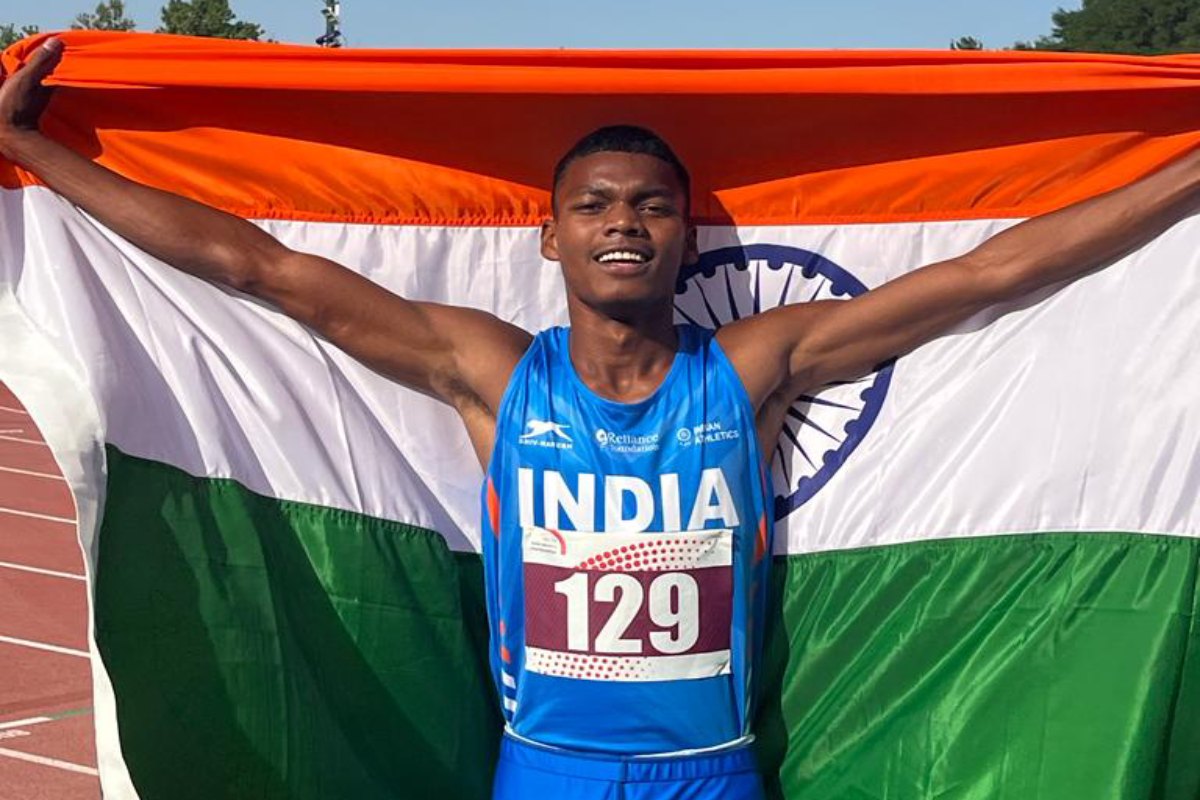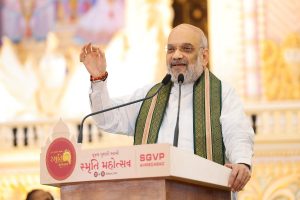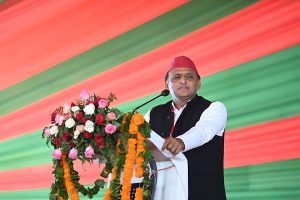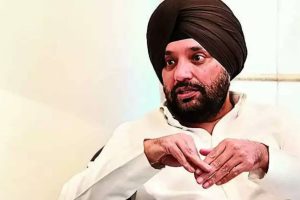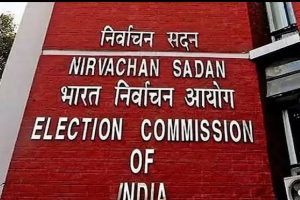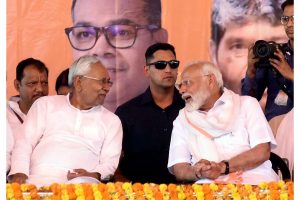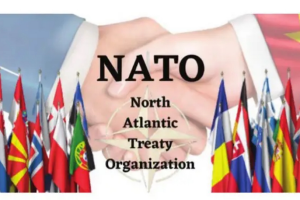Indian athletes did very well at the recently concluded Asian Games held in Hangzhou, China, and their feat of garnering over 100 medals for the first time in Asia’s premier track and field competition has been justly celebrated across the country.
Indeed, India’s tally of 107 medals 28 gold, 38 silver and 41 bronze was its best ever Asian Games performance. But the country’s aspiration to become a top sporting nation, at least in Asia, is still some way off; there are miles to go for that to come to fruition. Taking the 1982 Asiad hosted in New Delhi as the baseline, for example, tells us that as a proportion of the total medals competed for, the Indian haul in 2023 107 out of 1500 was inferior to our 1982 performance when we won 57 out of a total 679 medals at stake.
Further, the gap between the leading Asian sporting nation, China, and India, is widening.
In 1982, China won 153 medals to India’s 57 (2.7 times more), and in 2023 the PRC won 383 medals to India’s 107 (3.6 times more). The point being made is that as we celebrate the impressive medals tally in the latest iteration of the Asian Games, it is also a moment for some introspection. India’s massive youth population which is projected to reach 365 million by 2030 needs to start training now if we want to make even a small impression on the world and Olympic stage.
Way back in 2007, there was an attempt to introduce a sports policy which never materialised. The implementation of the National Sports Development Code (2011), while a good initiative, has been patchily and the results have therefore been suboptimal though it helped societal internalisation of the fact that sports apart from cricket are not merely pastime but can be a means to drive social development, foster inclusion, and create well paid jobs. The current dispensation has, in this context, shown its commitment to putting money where its mouth is the current fiscal year has the highest ever budget for sports in India’s history and the Centre’s Khelo India and ‘TOPS’ (Target Olympic Podium Scheme) programmes have had a role to play in India’s performance at Hangzhou.
Khelo India has made a difference at the grass-roots with 1,000 budding athletes joining it annually. They receive Rs 6.28 lakh each year to cover expenses from training to pocket money. Many of them move up to the advanced training programme as part of the TOPS developmental group. TOPS also supports elite athletes (core group) with funds, gear, exposure to global sporting competitions, the best coaching, and a monthly allowance of Rs 50,000. Athletes in the developmental group get Rs 25,000 per month.
At Hangzhou, 125 Khelo India athletes participated and 36 of them won medals. Now, the welcome integration of sports into the National Education Policy 2020 must be followed by an emphasis on sports in the National Curriculum Framework for School Education 2023 if India wants to truly change the way citizens at large perceive sports.

